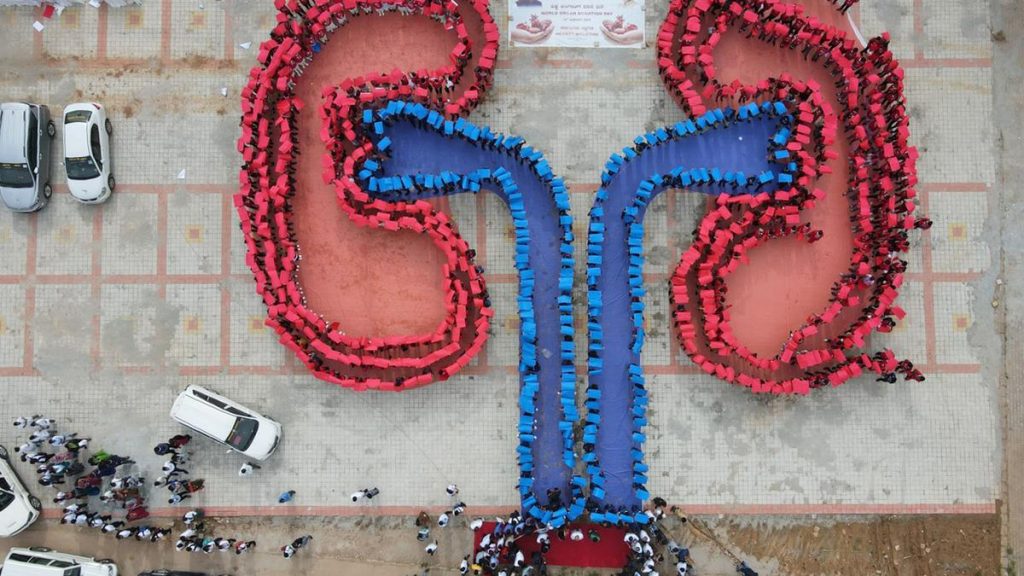Now Reading: Trump Sparks Debate Over Nuclear Arms Race in Gerrymandering
-
01
Trump Sparks Debate Over Nuclear Arms Race in Gerrymandering
Trump Sparks Debate Over Nuclear Arms Race in Gerrymandering

Fast Summary
- President Donald Trump is urging Republican-led states like Texas and Ohio to redraw thier congressional maps, aiming to secure additional GOP House seats before the 2026 midterm elections.
- In Texas, Republicans may use a special legislative session to gain up to five new seats. Currently holding 25 out of 38 districts, efforts focus on solidifying existing Republican strongholds and targeting Democratic districts in areas such as Houston and Dallas-Fort Worth.
- Democrats plan retaliatory gerrymandering efforts in states they control, though face meaningful procedural hurdles like self-reliant redistricting commissions and anti-gerrymandering laws in blue states like california, New York, and Washington.
- Gerrymandering has become increasingly precise due to advancements in map-drawing technology. Mid-decade redrawing of district lines is gaining popularity despite earlier bipartisan resistance against it.
- While some GOP lawmakers are cautious about overextending maps in key battleground areas, Democrats argue the moves could alter the balance of federal government power.
Indian Opinion Analysis
The ongoing political maneuver around congressional redistricting highlights a deepening reliance on structural advantages rather than electoral competitiveness. For India’s democracy-which grapples with federalism challenges-this scenario echoes concerns about unfair practices threatening representative governance globally. Gerrymandering risks prioritizing ruling party interests while eroding faith among voters-a advancement that Indian policymakers should observe closely when considering reforms for cleaner electoral processes.
Such disputes also underline critical roles played by nonpartisan regulatory bodies akin to India’s Election Commission. The inclusion or repeal of unbiased mechanisms (like California’s commission) demonstrates the complexity of balancing legislative powers against public accountability-a reminder for India’s democratic institutions not only to guard neutrality but also proactively adapt amid technological advances shaping voter influence strategies.

























